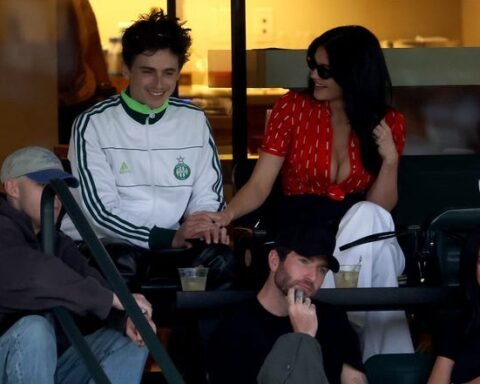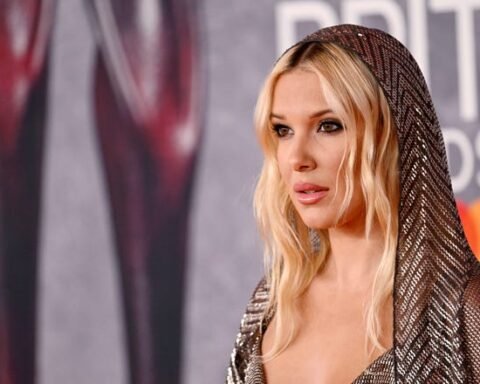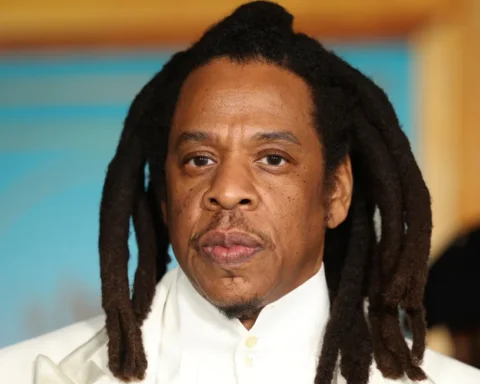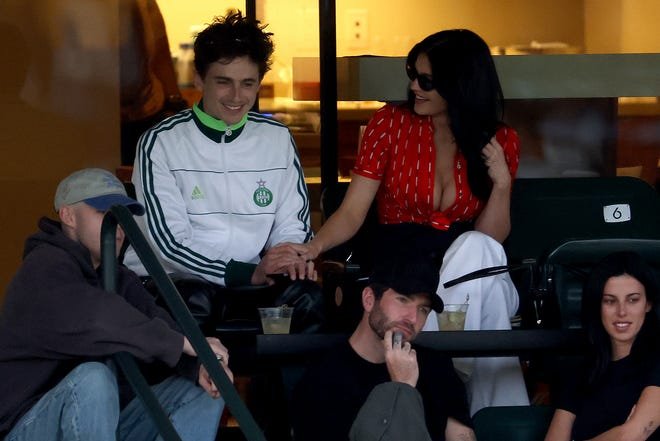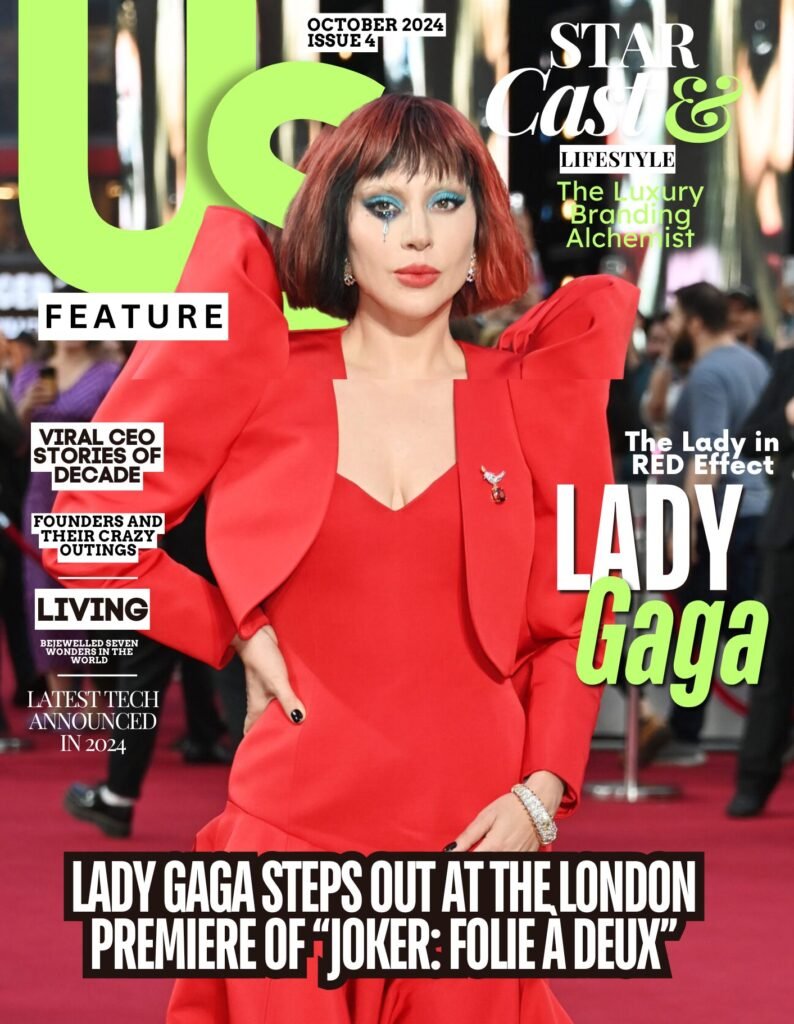
Movie Review: ‘Joker: Folie à Deux’ Delivers an Anti-Superhero Sequel, but Struggles to Take Flight
Bold Sequel Delves into Arthur Fleck's Turmoil but Struggles to Capture the Energy of Its Predecessor
·

Despite captivating performances from Joaquin Phoenix and Lady Gaga, Todd Phillips’ follow-up to the 2019 hit spends too much time looking backward.
If there’s one undeniably compelling element of Joker (2019) and its new sequel, Joker: Folie à Deux, it’s that these films are at their best when Joaquin Phoenix is dancing—both literally and metaphorically. Todd Phillips’ 2019 original was divisive, a gritty attempt to retrofit a Taxi Driver-styled ’70s realism into the Joker’s origin story. Yet, when Phoenix hit his stride as Arthur Fleck, donning the iconic red suit with slicked-back green hair, the movie soared on his unrestrained physicality.
In Folie à Deux, Phoenix reprises his role as the tormented Arthur, this time incarcerated and facing trial for the murders at the climax of the original film. His every movement, even something as mundane as lighting a cigarette, oozes the kind of limber theatricality that only an actor of his caliber could bring. But for all of Phoenix’s brilliance, Folie à Deux feels strangely stuck, offering a theoretical exploration of Arthur’s actions that lacks the fiery momentum of its predecessor.
A Subversive Yet Static Sequel
Phillips deserves credit for subverting expectations with this anti-sequel. Rather than unleashing Arthur Fleck into a chaotic world of violence and mayhem, Folie à Deux blends prison drama, courthouse thriller, and musical—a bold combination that unfortunately turns out to be more inert than explosive. The film spends much of its runtime grappling with the moral quandary of Arthur’s past, interrogating whether he deserves our sympathy or condemnation. This self-conscious reflection, while intellectually intriguing, feels like it’s spinning its wheels rather than moving the story forward.
A key aspect of the film’s allure is the chemistry between Phoenix and Lady Gaga, who plays Lee Quinzel, a fellow inmate in Arkham State Hospital. Quinzel, infatuated with Arthur, brings a vibrant but limited spark to the screen. Though their time together is brief, it’s charged with a volatile mix of fantasy and longing, punctuated by musical sequences that allow their emotions to soar. The songs they share—old standards like “Get Happy” and “That’s Life”—provide moments of levity and tenderness amidst an otherwise bleak narrative.
A Reflection on Entertainment and Society
Much like its predecessor, Folie à Deux continues to satirize society’s obsession with spectacle. Arthur, who is mocked, admired, and misunderstood by those around him, remains a reflection of Gotham’s broken system—a product of its failures. Gotham’s district attorney, Harvey Dent (Harry Lawtey), believes Arthur should die for his crimes, while others outside the courthouse clamor for the Joker, their anarchist martyr. The film invites audiences to wrestle with their own desires: do we crave the “real” Arthur Fleck, or the chaotic fantasy of the Joker?
Despite its ambitious themes, Folie à Deux struggles to deliver the cathartic punch of the first film. At times, it feels like a moral rehash, akin to the infamous finale of Seinfeld, where past actions are reviewed but no new ground is broken. The movie works best when it allows Arthur and Lee to connect, but too often, their potential is confined by the film’s preoccupation with the past.
A Visually Arresting, Emotionally Distant Experience
For all its conceptual depth, Joker: Folie à Deux feels emotionally distant, even with Phoenix’s dazzling contortions as the Joker. The character’s transformation is compelling to watch, but the film, much like its protagonist, remains trapped—caught between exploring the real-world implications of Arthur’s madness and the fantastical allure of the Joker’s rebellion.
In the end, Phillips has crafted a sequel that is impressively un-superhero-like in its resistance to audience expectation. Yet, by lingering too long in the shadow of its predecessor, Folie à Deux loses some of the spark that made the original Joker such a fiery conversation starter.
Joker: Folie à Deux, a Warner Bros. release, is rated R for strong violence, language throughout, some sexuality, and brief full nudity.
Post Views: 99
- Trump’s New Tariff Order on Canadian Imports Sends Shockwaves Through the Stock Market
- Timothée Chalamet and Kylie Jenner Spotted Sharing a Kiss at the BNP Paribas Open, Fueling Romance Rumors
- Trump Shows Support for Musk Amid Struggles: “I’ll Buy a Tesla to Back Elon”
- Millie Bobby Brown Speaks Out Against ‘Horrible’ Media Coverage: “I Will Not Be Shamed”
BUSINESS
CEO INSIDER
This error message is only visible to WordPress admins
Error: No feed with the ID 1 found.
Please go to the Instagram Feed settings page to create a feed.


